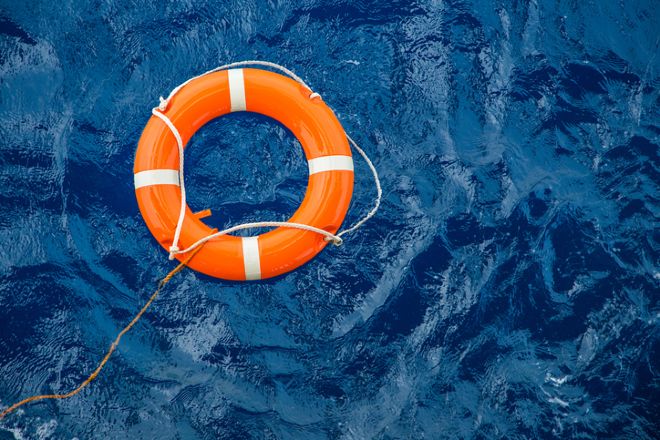Article by Christopher S. Maynard, Klatzkin
Independent schools have been fed an influx of information — and misinformation — about the government’s Paycheck Protection Program (PPP) in the past couple of months. Many were forced to accept PPP funding to stave off financial ruin before fully understanding how the program worked. Since the initial passing of the Coronavirus Aid, Relief, and Economic Security (CARES) Act in late March, the IRS has introduced new provisions, changed interim guidance, released frequently asked questions, and issued safe harbor guidelines to help taxpayers understand the program's benefits and limitations. But the additional guidance only helps so much. Leaders of independent schools are often still unsure how those key provisions apply to their loans. Below are five key facets of the PPP program that independent schools should know.
1. Safe Harbor
All businesses were required to make a "good faith" certification that current economic uncertainty made their PPP loan request necessary to support their ongoing operations. This requirement is a bit ambiguous, and many schools were unsure how to prove their loan request was necessary. Fortunately, the Small Business Administration (SBA) has created a safe harbor (FAQ #46 of PPP FAQ issued by SBA and IRS) that exempts borrowers from future Treasury audits of the good faith certification review process. The safe harbor states that any borrower that (together with its affiliates) receives PPP loans with an original principal amount of less than $2 million will be deemed to have made the required good faith certification. Schools that receive more than $2 million should prepare to defend their case.
2. Unused Lines of Credit
Most SBA loans are only granted to borrowers who have exhausted all other forms of funding, including lines of credit, but the CARES Act eased up on this requirement for PPP loans. Because of the safe harbor, many schools will not need to prove their PPP loan was necessary. In other words, schools with PPP loans of less than $2 million will not be scrutinized if they forego other borrowing opportunities or hold unused lines of credit. Keeping open lines of credit may be wise until they can determine how their student families were affected by the market changes. Schools may discover that more parents are relying on financial aid or requesting payment plans than in years past. These changes could drastically affect the school's cash flow, and having lines of credit when PPP funds run out will be necessary.
3. 10-Month Staff
It is common practice for schools to pay their 10-month staff equitably over 12 months. Because many PPP loans were granted in May and June, a significant portion of the loans will cover payroll costs for services performed before the loan was disbursed. The SBA says this will not be an issue. Salaries paid during the covered period will be eligible for forgiveness even if those salaries represent services performed months prior. Also, due to the PPP Flexibility Act, schools can use expenses that occur up to 24 weeks after they receive their PPP funds or December 31, 2020, whichever is earlier.
4. Endowments
It remains unclear if endowments will be considered liquid funding when schools self-certify their PPP loan was necessary. Schools with PPP loans of less than $2 million can rely on the safe harbor to self-certify, but they should be prepared to defend their positions regardless. Endowments with donor restrictions will be unavailable to use on short-term operational needs, but endowments temporarily restricted by the board are what may come into question. Schools should document what it would take for them to tap into those funds. They should consider the school's reliance on annual distributions, the depressed market conditions, inability to recoup market losses if the endowments were liquidated, and the uncertainty of how COVID-19 will impact attrition rates in the upcoming school year.
5. Contract Renewals
As part of PPP loan forgiveness, schools need to maintain their full-time equivalent (FTE) employees yearly. If they cannot present the same FTE, their loan may not be fully forgiven. The school's operational life cycle is common for there to be turnover from one school year to the next. Typical turnover is okay. Schools must collect data that shows which contracts were being renewed and which were being cut before the coronavirus hit. In most cases, typical staff turnover will not affect PPP loan forgiveness. Under the Paycheck Protection Flexibility Act of 2020, which was signed into law on June 5, 2020, schools will have until December 31, 2020, to replace any FTEs if necessary to help alleviate any forgiveness reduction.



